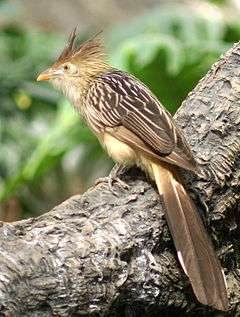July 23, 2015 report
Report outlines predictions regarding changes to wildlife in England over the next half century

A new report released by Natural England outlines what scientists in that country believe will happen to wildlife in England over the coming years as warming takes place. Warmth-loving creatures in the South are expected to thrive while those that prefer the cold, which live mostly at higher elevations or in the North, will likely suffer, the authors of the report suggest.
The report is a collaborative effort between Natural England (a governmental institution set up to study wildlife in the country), University of York, British Trust for Ornithology and the Centre for Ecology and Hydrology and is the largest of its kind ever undertaken. The goal was to try to understand what changes will take place with England's wildlife in the face of a 2°C rise in global temperatures over the next sixty years.
England is uniquely suited to better understanding wildlife changes, regardless of reason, because of its huge civilian reporting system. People all over the country take note of wildlife they see and send it to academic institutions where the information is entered into databases and used to spot changes. The researchers working on the new report were able to use such information regarding 3,000 species, allowing them to see that bees, wasps and ants, for example, were likely to become more common while many birds familiar to those living in the North were likely to be reduced or will disappear altogether. In all the team found that over a quarter of native species were likely to be put at risk, and that just over half of those would be able to find a new place to live in-country that would sustain them.
The team also took a closer look at 400 specific species, and then conducted a very extensive study of just 30 species, looking most specifically at possible means of adaptations.
By conducting the research and printing the report, Natural England is hoping to identify for the public which species are at risk and whether anything can be done to help them survive, such as opening up new land, or instigating capture and release programs for those that are not able to migrate on their own. The researchers noted also that reducing carbon emissions is still critical to prevent things from growing even worse.
More information: publications.naturalengland.or … ion/4674414199177216
© 2015 Phys.org



















